

Articles
How To Store Garlic Bread After Cooking
Modified: May 6, 2024
Learn the best methods to store garlic bread after cooking in this informative article. Keep your delicious garlic bread fresh and crispy for longer.
(Many of the links in this article redirect to a specific reviewed product. Your purchase of these products through affiliate links helps to generate commission for Storables.com, at no extra cost. Learn more)
Introduction
Garlic bread is a delicious and popular side dish that perfectly complements a variety of meals. Whether you’ve made it from scratch or purchased it from a bakery or grocery store, you may find yourself wondering how to store garlic bread after cooking. With proper storage techniques, you can maintain its freshness and flavor for longer periods, allowing you to enjoy garlic bread whenever you crave it.
In this article, we’ll explore three different options for storing garlic bread after cooking: refrigeration, freezing, and room temperature storage. Each method has its own advantages and considerations, so read on to discover the best approach for your needs.
Key Takeaways:
- Keep garlic bread fresh by refrigerating for short-term storage. Reheat to restore crispiness and enjoy within a few days. Label and wrap properly for best results.
- For long-term storage, freeze garlic bread to preserve flavor and texture. Remember to consume within three months for optimal taste. Enjoy anytime!
Read more: How To Store Garlic After Harvest
Option 1: Refrigeration
Refrigeration is a common method for storing leftover garlic bread. This option works well if you plan to consume the bread within a few days.
To store garlic bread in the refrigerator, follow these steps:
- Allow the garlic bread to cool completely before storing. This will help prevent condensation and soggy bread.
- Wrap the garlic bread tightly in aluminum foil or place it in an airtight container. This will help protect the bread from drying out and absorbing odors from other foods in the refrigerator.
- Label the wrapped garlic bread with the date so you can keep track of its freshness.
- Store the garlic bread in the refrigerator, ideally in the main section rather than the door to maintain a consistent temperature.
It’s important to note that storing garlic bread in the refrigerator may cause it to become slightly stale or lose some of its original crispiness. However, it can still be enjoyed once reheated.
To reheat refrigerated garlic bread, follow these steps:
- Preheat your oven to 350°F (175°C).
- Remove the garlic bread from the refrigerator and unwrap it.
- Place the unwrapped garlic bread on a baking sheet or directly on the oven rack.
- Bake the bread for 5-10 minutes, or until it is heated through and the crust becomes crispy.
- Remove the bread from the oven and let it cool slightly before serving.
Refrigeration is a great option if you plan to consume the garlic bread within a short timeframe. However, if you want to store it for longer periods, freezing may be a better choice.
Option 2: Freezing
If you have a large batch of garlic bread that you want to store for an extended period, freezing is the ideal option. Freezing garlic bread can help preserve its freshness and flavor for several weeks.
To freeze garlic bread effectively, follow these steps:
- Cool the garlic bread completely after cooking.
- Wrap each piece of garlic bread individually in plastic wrap or aluminum foil. This will prevent the slices from sticking together and help maintain their texture.
- Place the wrapped garlic bread slices in a freezer-safe bag or airtight container. Make sure to remove as much air as possible from the packaging to minimize the risk of freezer burn.
- Label the bag or container with the date of freezing for easy reference later.
- Put the garlic bread in the freezer, ideally in a spot where it won’t get crushed by other items.
When you’re ready to enjoy the frozen garlic bread, follow these steps for reheating:
- Preheat your oven to 350°F (175°C).
- Remove the desired number of garlic bread slices from the freezer and unwrap them.
- Place the unwrapped slices on a baking sheet or directly on the oven rack.
- Bake the slices for 10-15 minutes, or until they are heated through and the crust becomes crispy.
- Remove the bread from the oven and allow it to cool slightly before serving.
Freezing garlic bread allows you to have it readily available whenever you crave it. Just remember to consume the frozen garlic bread within three months for optimal flavor and quality.
Now that you know how to freeze garlic bread, let’s move on to the option of storing it at room temperature.
Store garlic bread in an airtight container or resealable plastic bag at room temperature for up to 2 days. For longer storage, freeze in a freezer bag for up to 3 months. Reheat in the oven or toaster oven for best results.
Option 3: Room Temperature Storage
If you prefer to store garlic bread at room temperature, there is a method that can help maintain its flavor and texture for a short period.
To store garlic bread at room temperature, follow these steps:
- Allow the garlic bread to cool completely after cooking.
- Wrap the garlic bread in aluminum foil or place it in an airtight container to protect it from moisture and air exposure.
- Store the wrapped garlic bread in a cool, dry place away from direct sunlight, such as a pantry or bread box.
- Make sure to consume the garlic bread within 1-2 days to ensure its freshness.
Storing garlic bread at room temperature helps maintain its original texture and flavor. However, it’s important to note that room temperature storage is not suitable for long-term preservation. If you have a large quantity of garlic bread or want to store it for an extended period, it’s best to consider refrigeration or freezing methods instead.
Remember that room temperature storage is ideal only for short-term storage and should be consumed promptly to avoid any potential food safety concerns.
Now that you’re familiar with the various storage options for garlic bread, you can choose the method that best suits your needs and preferences.
Conclusion
Knowing how to store garlic bread after cooking is essential to ensure its freshness and preserve its delicious flavor. Whether you choose to refrigerate, freeze, or store it at room temperature, each method has its advantages and considerations.
Refrigeration is a suitable option if you plan to consume the garlic bread within a few days. It helps maintain its freshness, although it may cause the bread to become slightly stale. Proper wrapping and reheating can restore its original texture and crispiness.
Freezing is the best choice when you have a large batch of garlic bread that you want to store for an extended period. This method helps preserve its flavor and texture for several weeks. Just make sure to label the packaging and consume the bread within three months for optimal taste.
Storing garlic bread at room temperature is a viable option for short-term storage. However, it is crucial to consume the bread within 1-2 days to ensure its freshness and avoid any potential food safety concerns.
Regardless of the method you choose, always allow the garlic bread to cool completely before storing and use appropriate wrapping materials to protect it from air, moisture, and odors. Proper labeling and storage in suitable conditions will help maintain its quality for longer periods.
Now that you have a comprehensive understanding of the different storage options, you can confidently store your garlic bread and enjoy it whenever you please. So go ahead and savor the deliciousness of garlic bread, knowing that you have the knowledge to keep it fresh and flavorful!
Now that you've mastered storing garlic bread, why not broaden your savvy on preserving other edibles? Our next read, "11 Best Food Storage For 2024," unpacks top solutions keeping meals fresh, whether in pantries or coolers. Perfect for anyone keen on minimizing waste while maximizing food quality, this article will surely equip you with all necessary insights. Don’t miss out on becoming a pro at keeping your groceries at their best!
Frequently Asked Questions about How To Store Garlic Bread After Cooking
Was this page helpful?
At Storables.com, we guarantee accurate and reliable information. Our content, validated by Expert Board Contributors, is crafted following stringent Editorial Policies. We're committed to providing you with well-researched, expert-backed insights for all your informational needs.
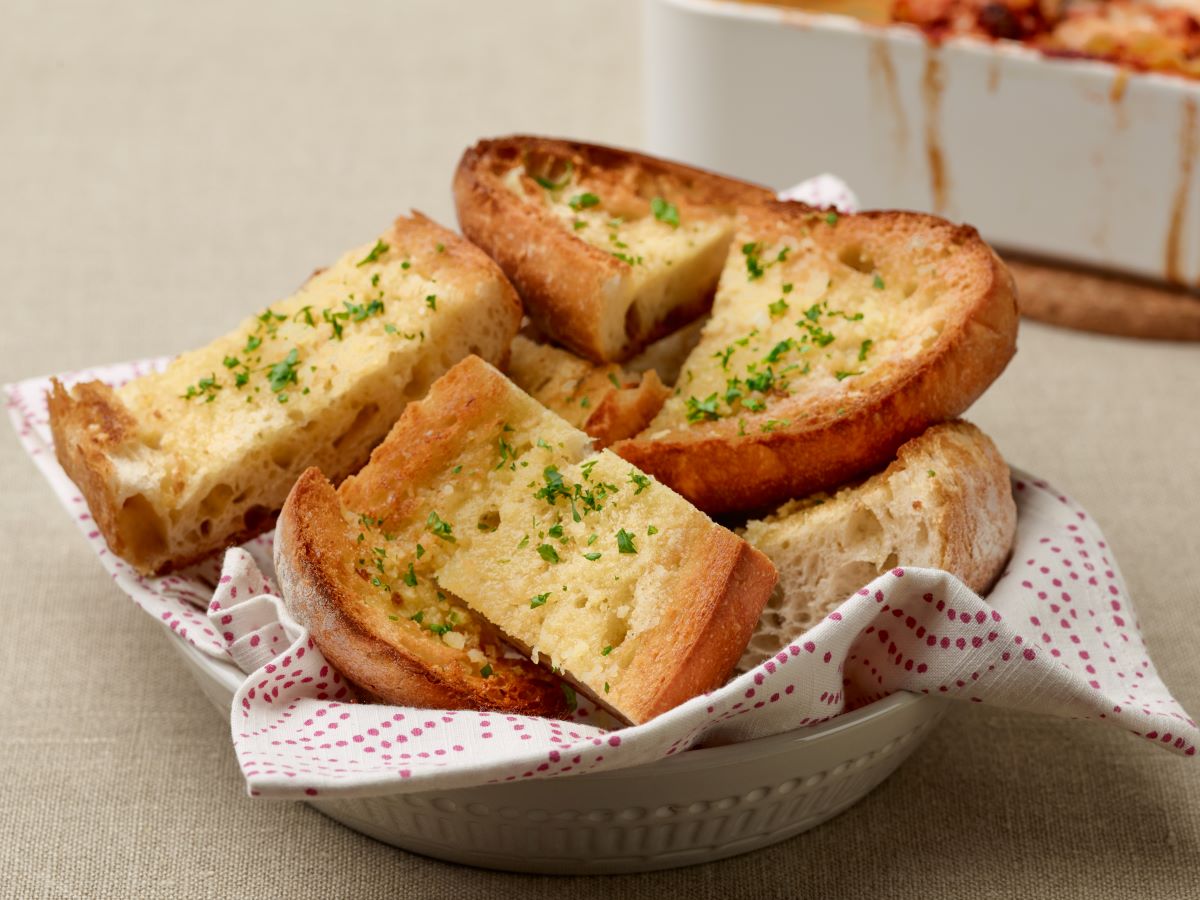
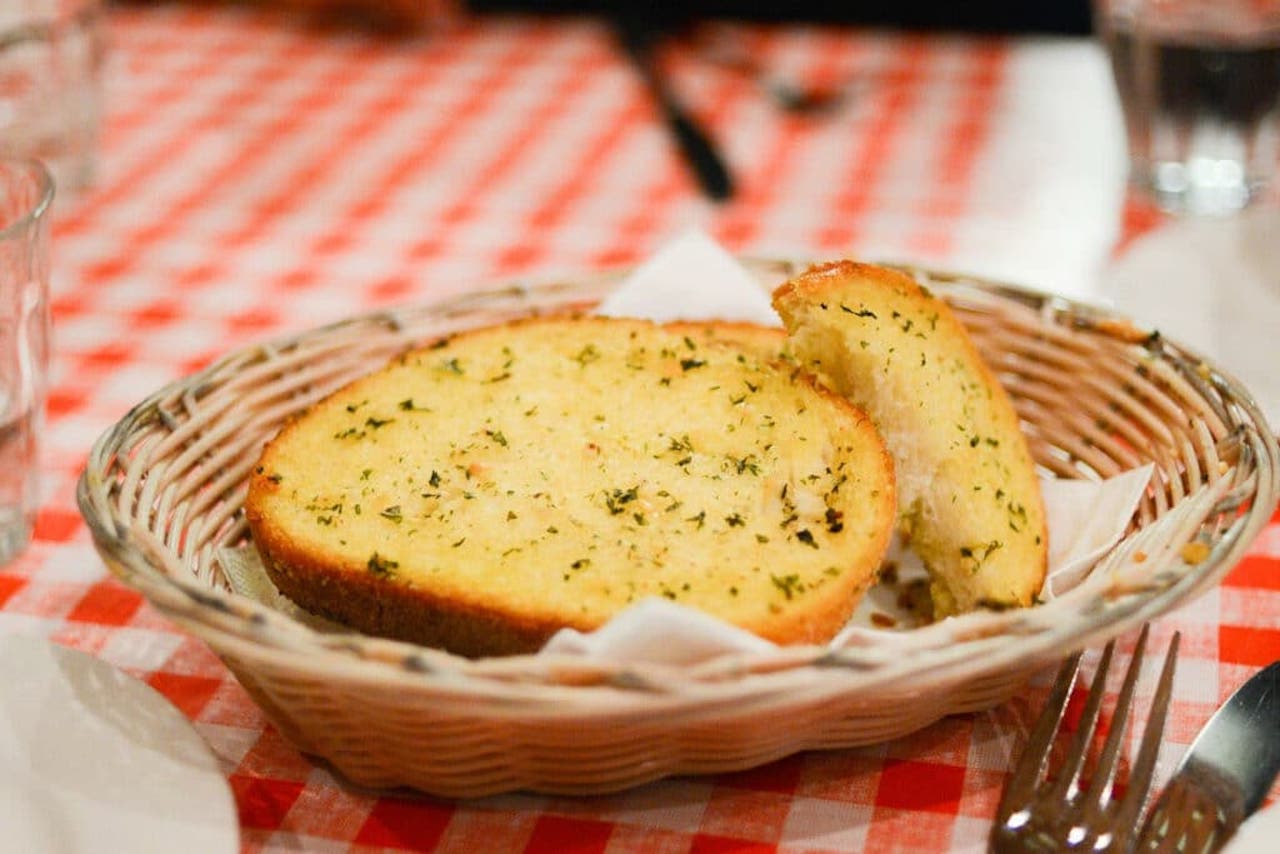
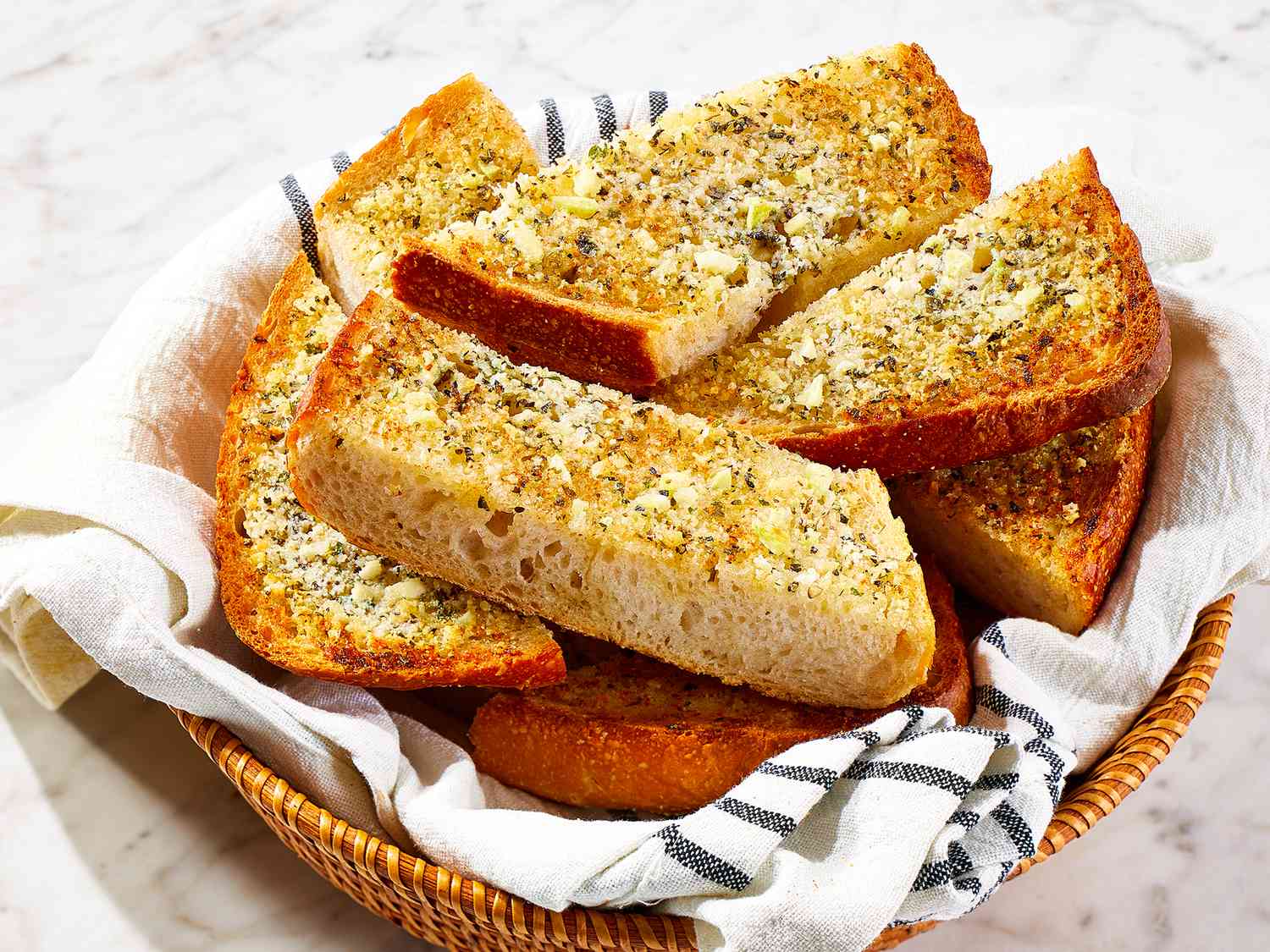
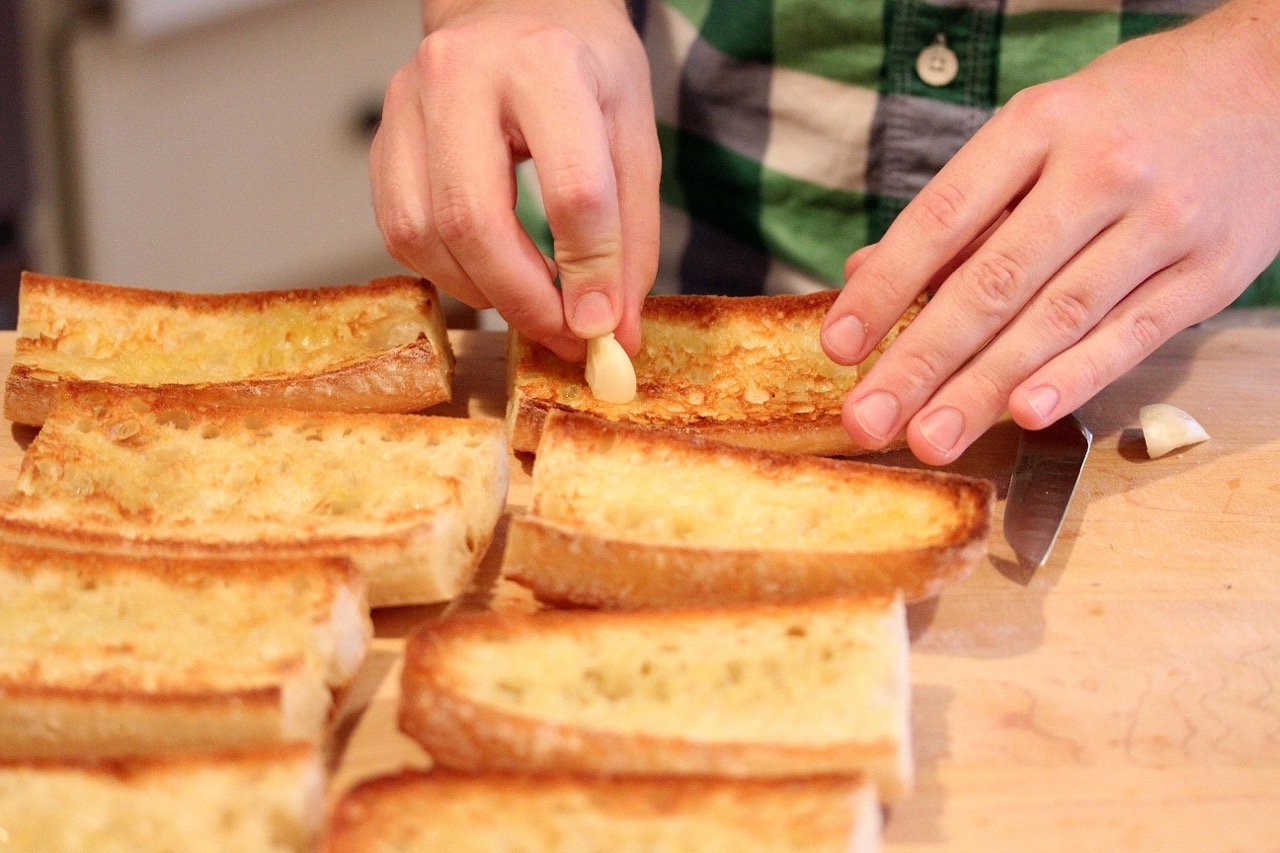
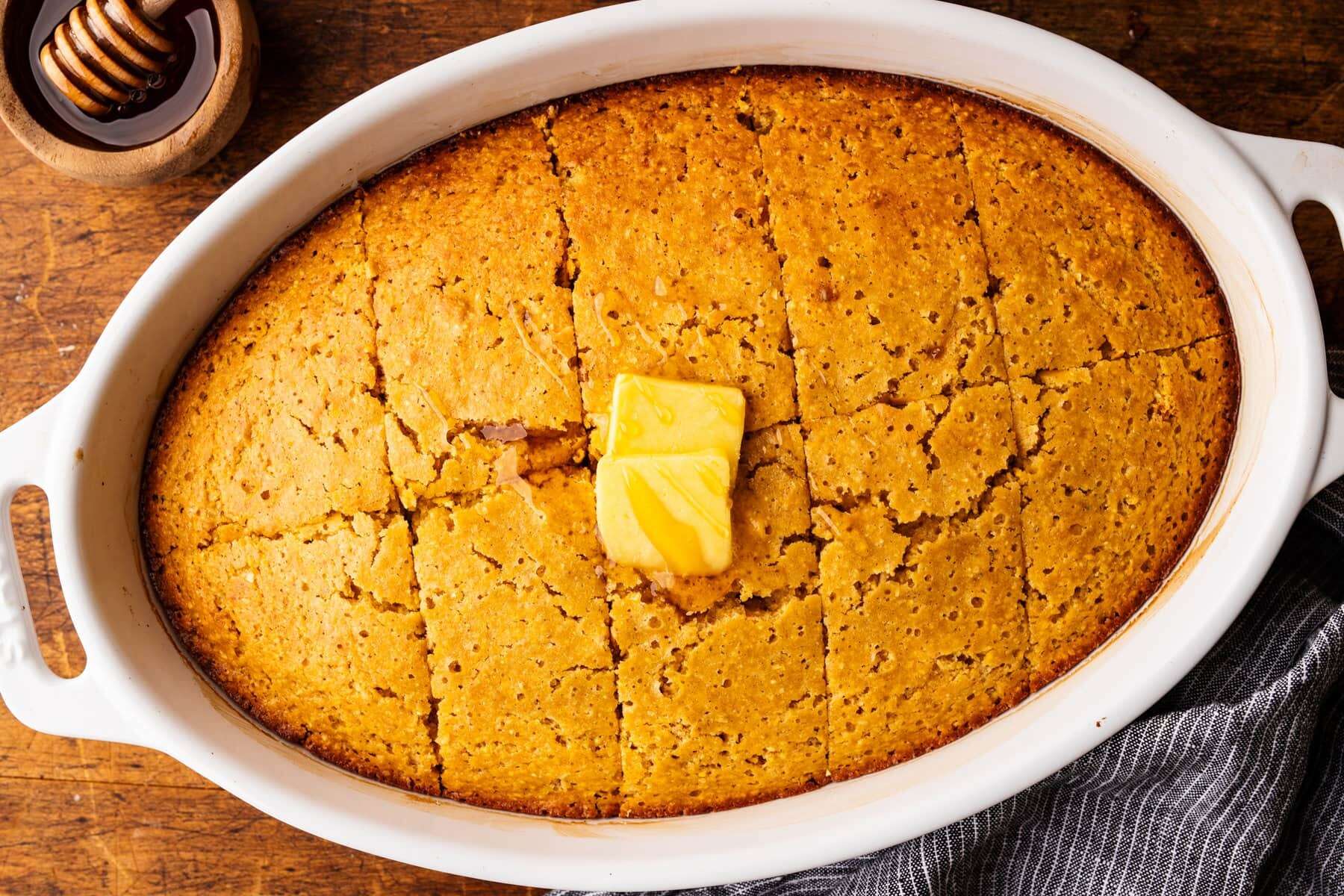
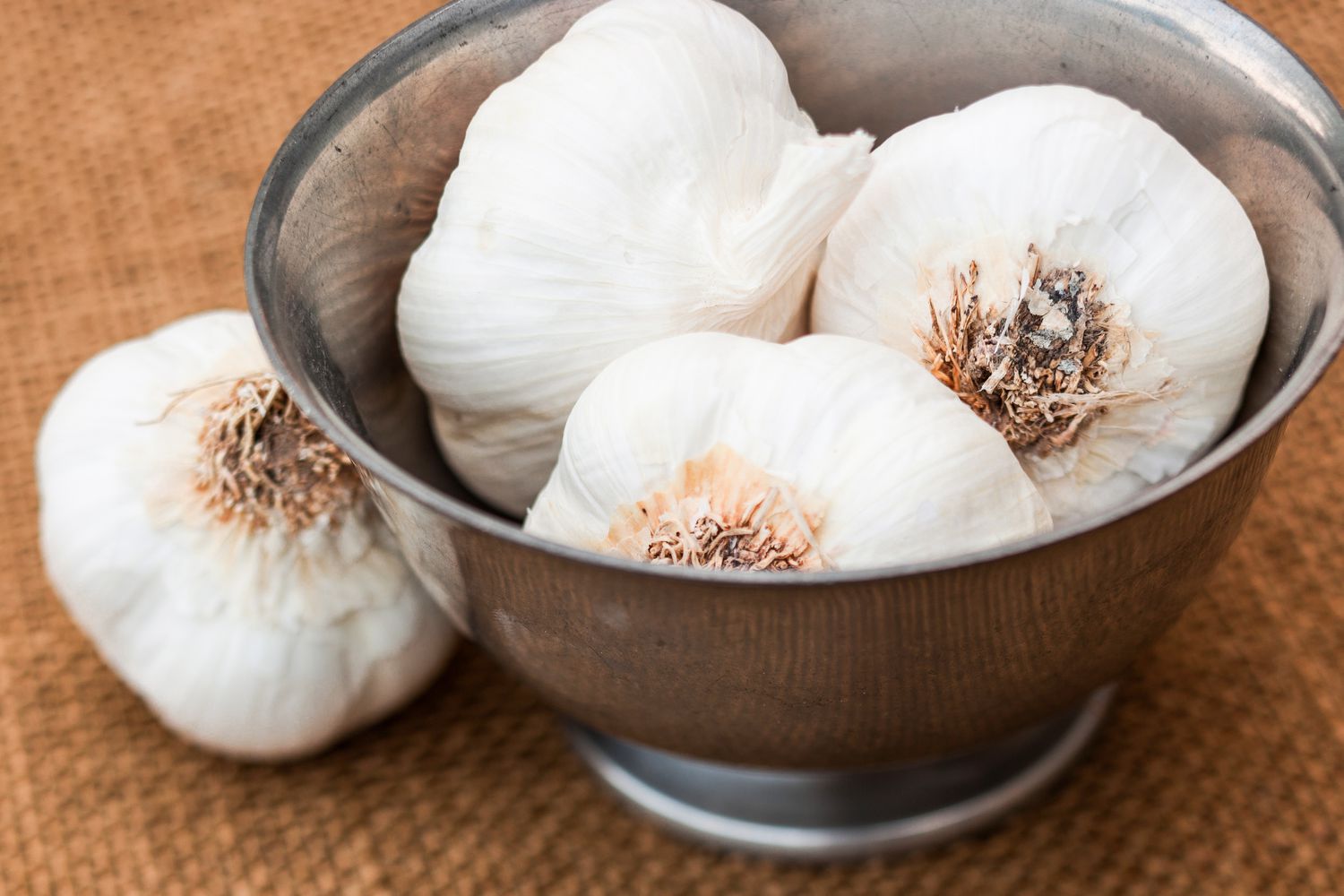
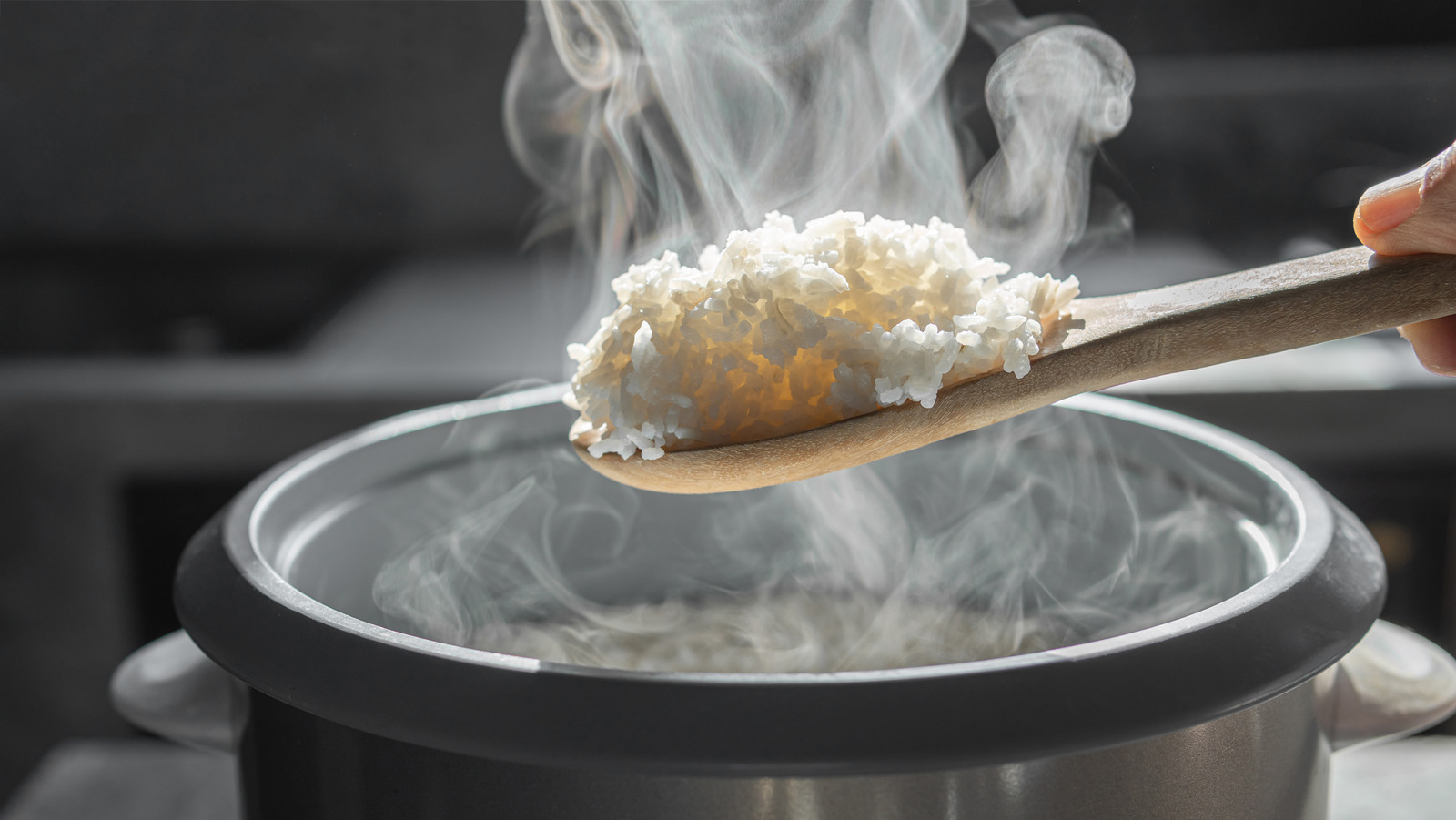
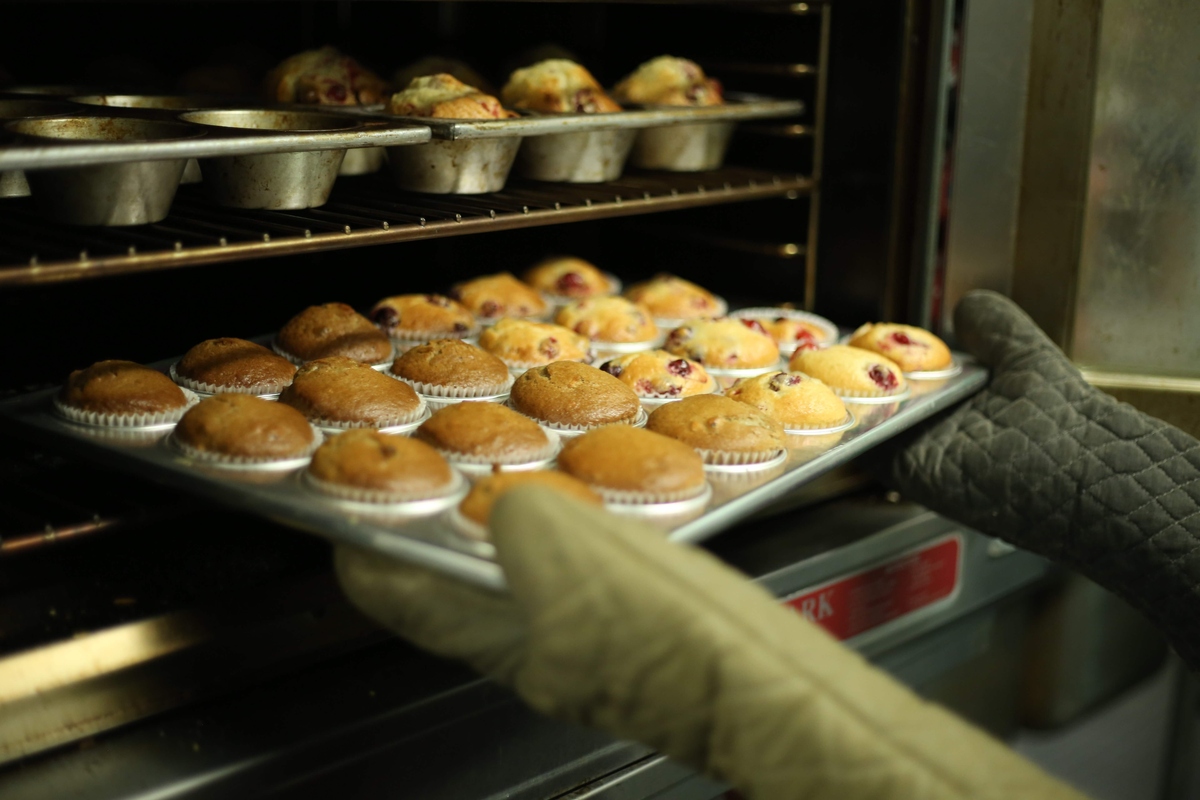
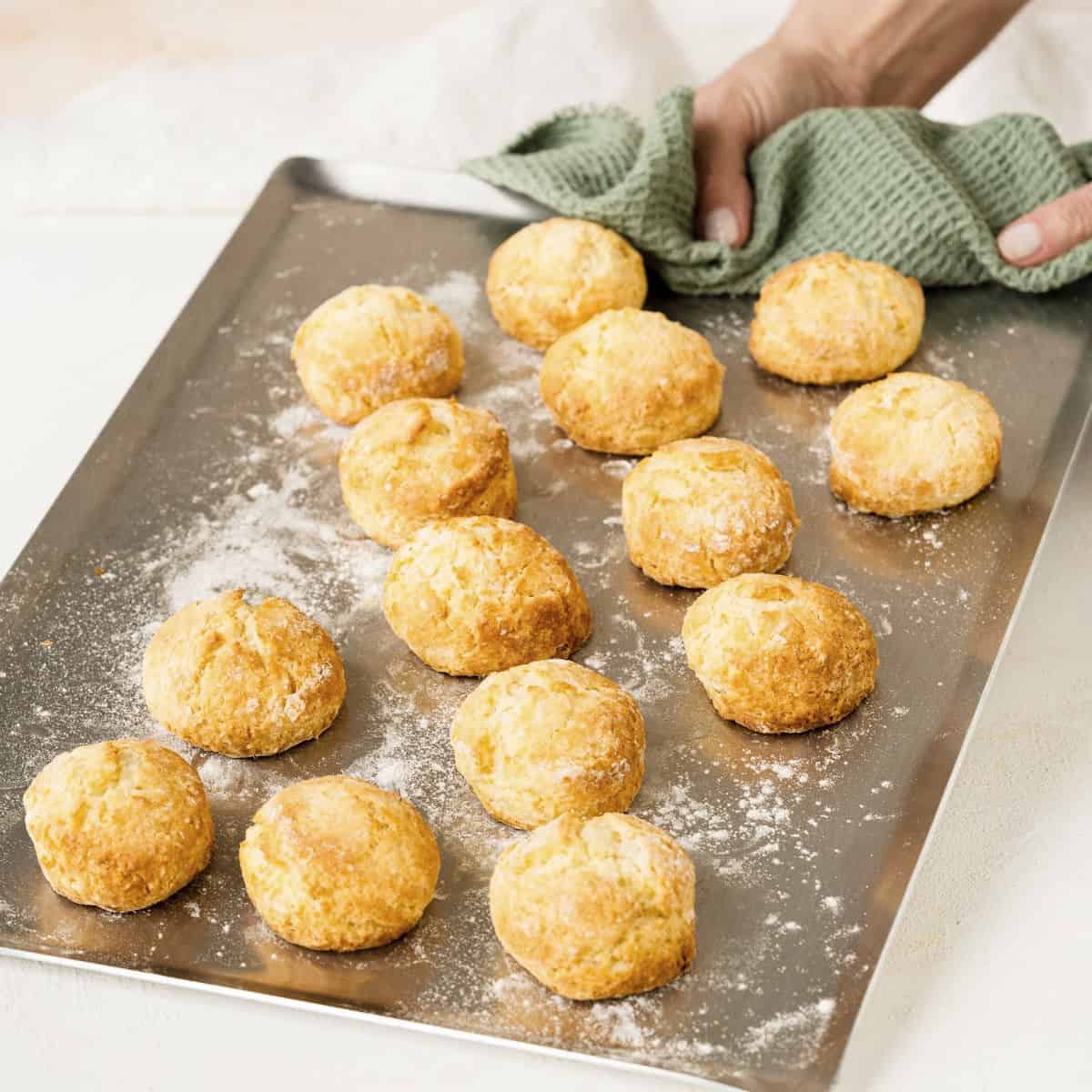
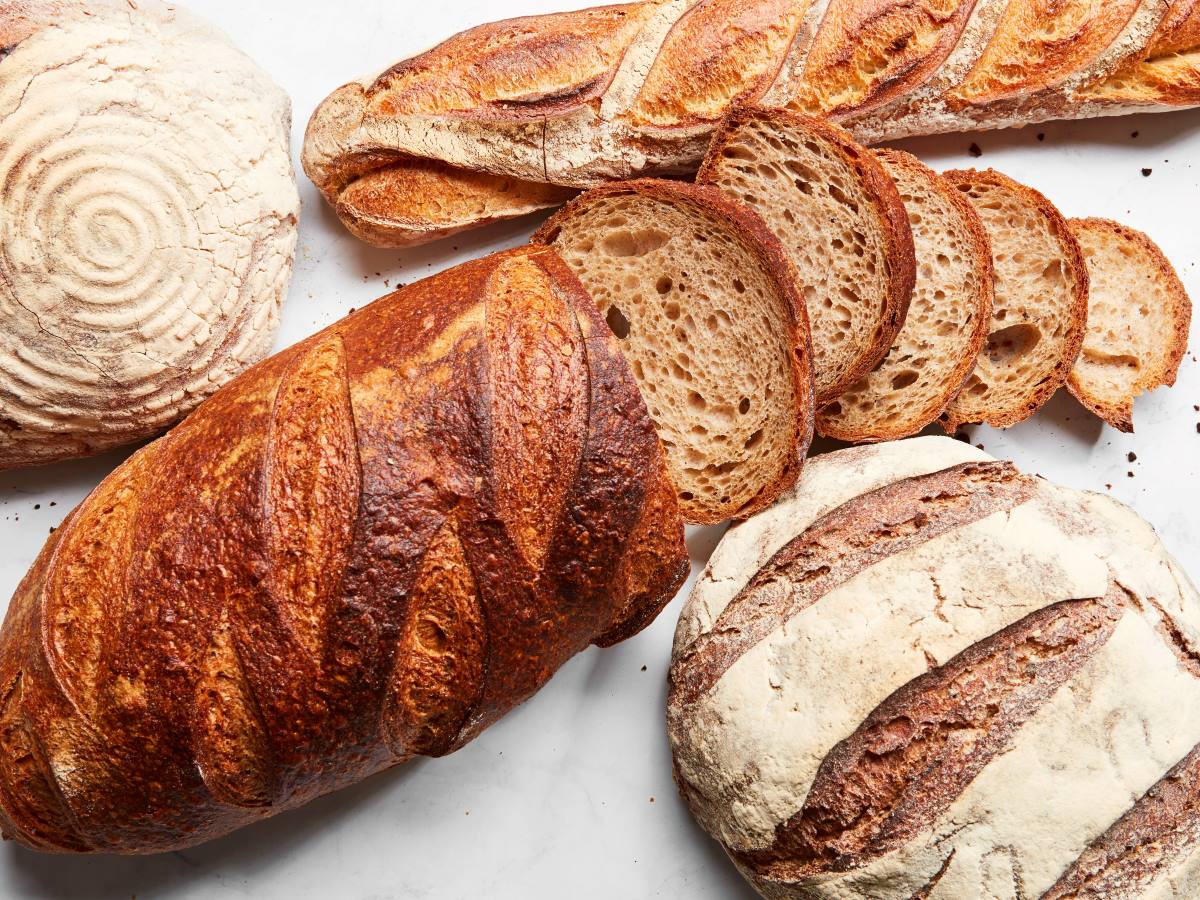
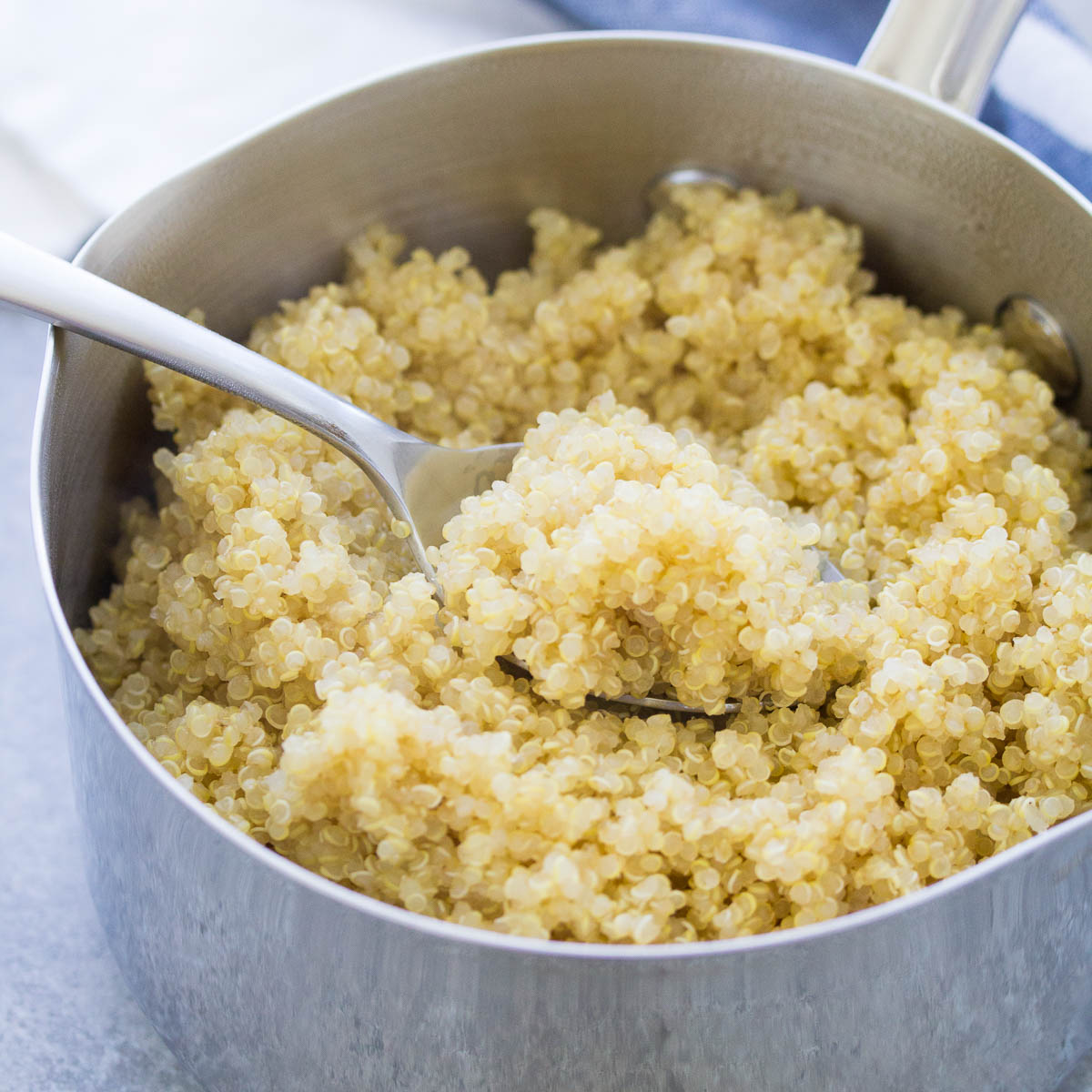
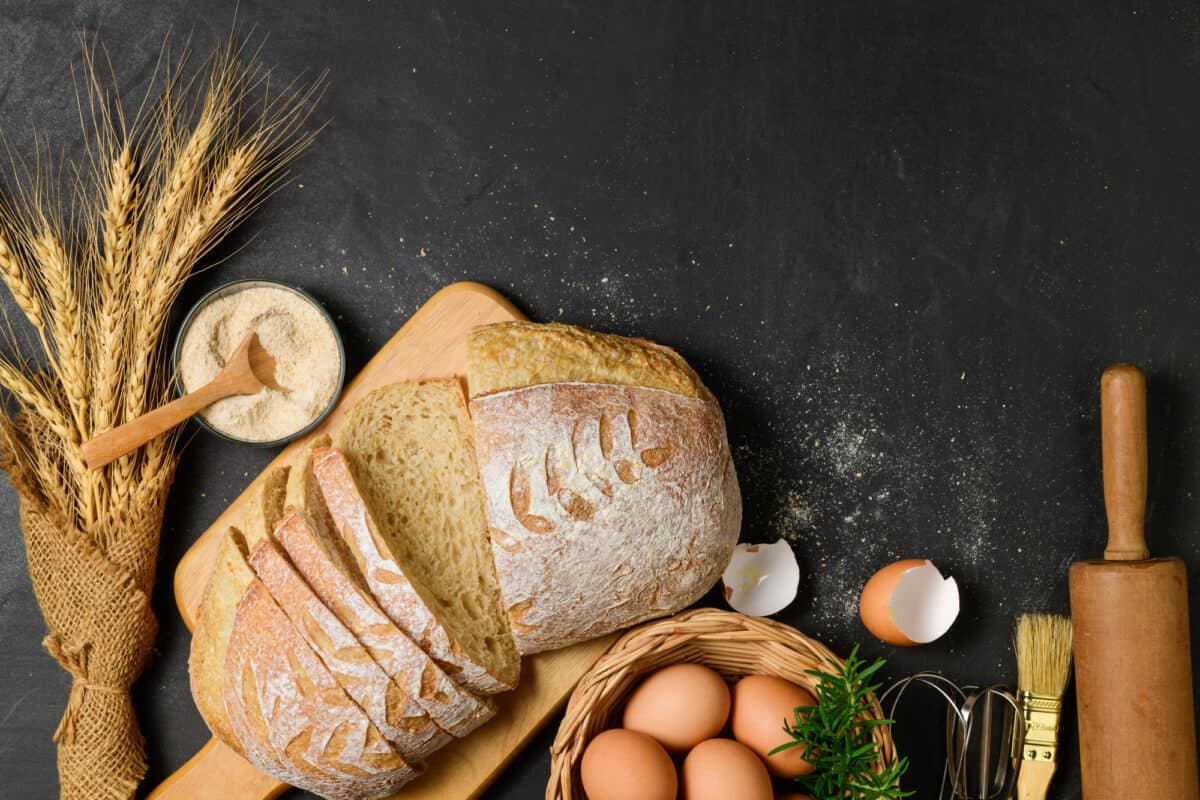
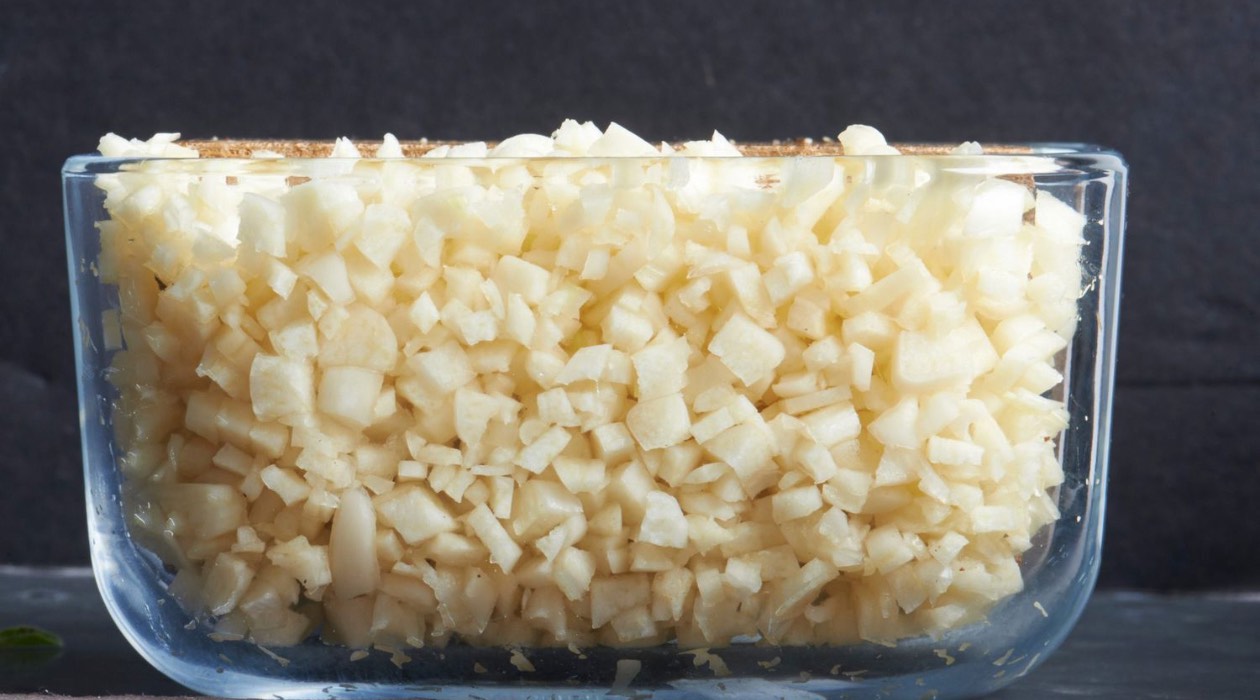
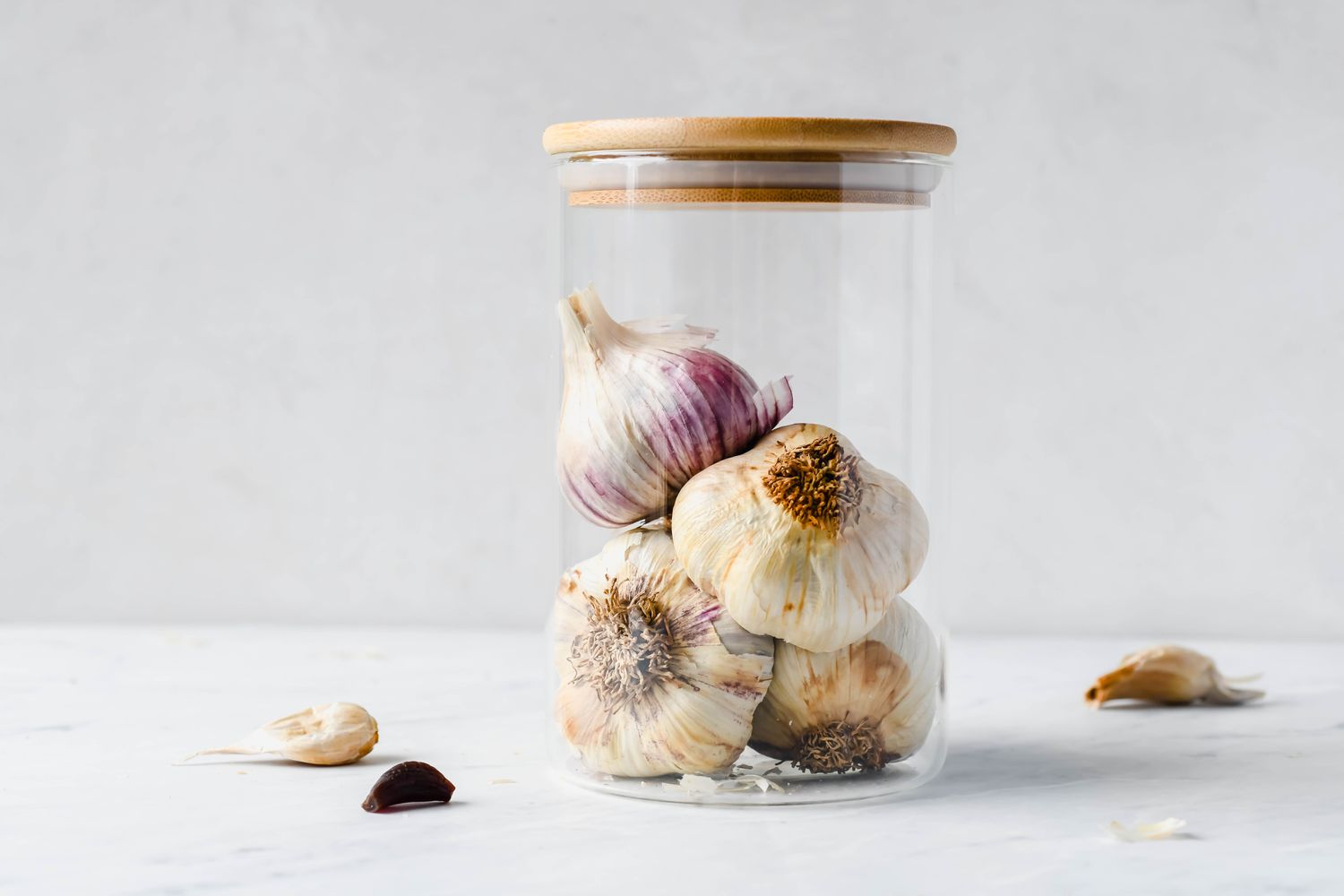
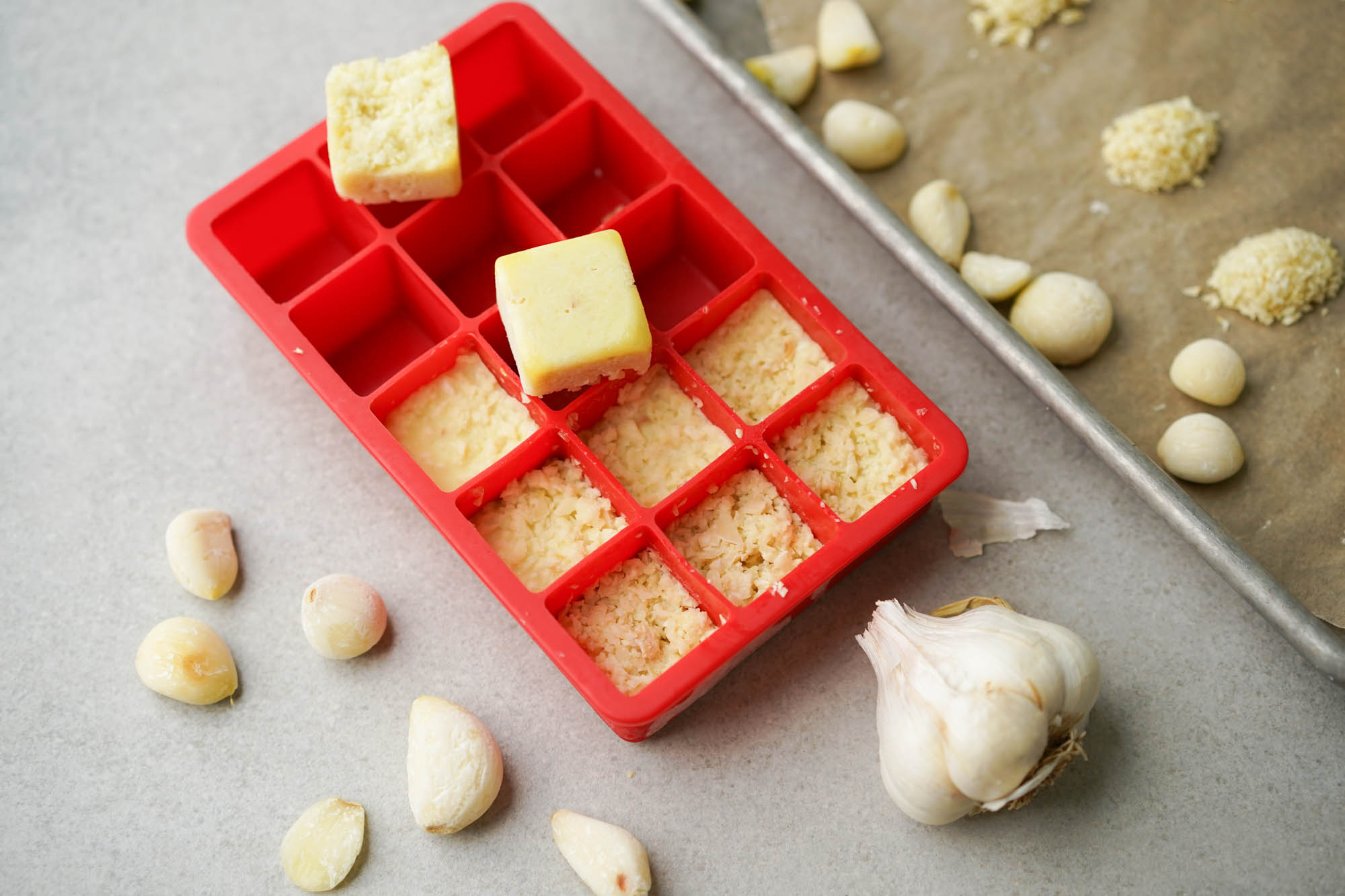

0 thoughts on “How To Store Garlic Bread After Cooking”